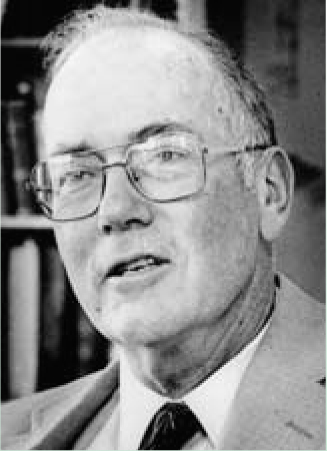Nobelist Garners Religion Prize
DOI: 10.1063/1.1955472
Charles Hard Townes is this year’s winner of the Templeton Prize for Progress Toward Research or Discoveries About Spiritual Realities. The prize comes with $1.5 million—an amount that purposely exceeds the Nobel Prize purse. He joins Mother Teresa and Aleksandr Solzhenitsyn as recipients of both the Templeton and Nobel Prizes.
In 1964, Townes shared the Nobel Prize in Physics for his work in quantum electronics, which led to the invention of masers and lasers. That same year, a talk he gave at Riverside Church in New York City launched a parallel, informal career as an advocate for the convergence of science and religion.
“Early in the game, I was willing to speak up about the interactions between science and religion, and what they could learn from each other,” says Townes. “Science tries to understand how the universe works. Religion tries to understand the purpose. Is there a purpose? What is it? The structure must be arranged for that purpose.” In both religion and science, he adds, “we use our intuition, logic, experiments, observations, emotions, inspiration, even revelation, to try to understand.”
Townes points to the missing matter in the universe and to human consciousness and free will as holding mysteries. Above all, he says, “science and religion need to be talking openly with each other, and trying to understand their consistencies or inconsistencies. And where there are inconsistencies or mysteries, we must work to understand why.”
Townes, who turns 90 this year, is an active member of the University of California, Berkeley, physics department. His current focus is on using infrared telescopes to watch stars change; he also supports the search for extraterrestrial life. Townes says he will give away most of his Templeton award money, with the largest chunk to go to his alma mater, Furman University in Greenville, South Carolina.


More about the Authors
Toni Feder. American Center for Physics, One Physics Ellipse, College Park, Maryland 20740-3842, US . tfeder@aip.org
